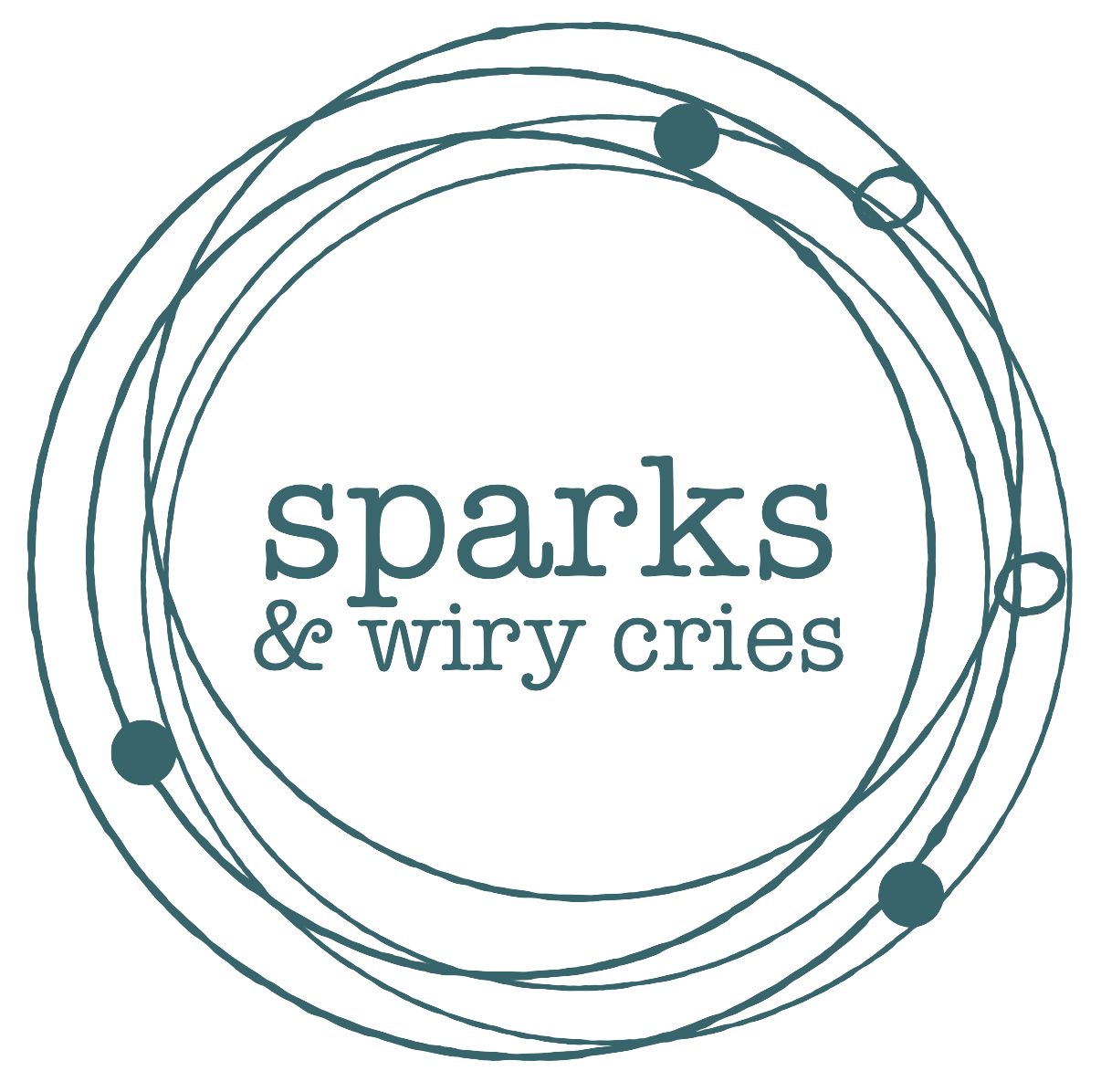SPENCER MYER making the piano sing
Pianists face an ongoing challenge: to make the piano sound like a singer. As the piano is a percussion instrument, whereby a hammer hits a string to make sound, the tone created by a pianist each time a finger strikes a key begins to die as soon as it is created. On the piano, the natural sustaining power of a singer can merely be imitated. We pianists are constantly creating an illusion, aspiring to come as close as possible to doing what a singer can do with ease.
One of the essential skills a pianist learns (or any musician, for that matter) in his/her studies is that of tone production. A round, full, warm tone is a basic necessity for utilizing the full color palette of an instrument. At a soft or loud dynamic level, a higher quality of tone results in greater powers of projection in a hall as well as broader potential for ranges of contrasting tones adding to the instrument’s emotional depth. On a non-sustaining instrument like the piano, however, the pianist’s further obstacle is to seamlessly connect those long, vibrant tones to each other.
Similarly to actors who wouldn’t dare attempt a foreign accent without having done all possible research into the basics and the subtleties of that accent, a pianist cannot truly play like a singer without being exposed to singers and the vocal repertoire. I cannot think of a better way to achieve this “research” and exposure than collaboration with singers on the vast treasure that is the Art Song repertoire.
I discovered my love for vocal collaboration early in my college years, and found it immediately enhanced my playing as a solo pianist. I worked tirelessly on legato technique to make seamless, long lines at the piano, but it wasn’t until I started exploring the great songs of Schubert, Schumann, Faure, Strauss, Barber, and others, with singers that I began to understand true legato and to build the skill of imitating this at the piano. While singing legato is also a challenging skill for a singer that requires years of training, a singer’s (even an untrained one) basic skill in the execution of a legato phrase is naturally much greater than a pianist’s. The spinning of tone, the use of breath, the utilization of consonants and vowels – these are all singers’ skills that, when kept in mind and emulated, can bring a pianist much closer to creating as true a legato as possible.
Voicing is another element necessary for achieving clarity at the piano. Notes played simultaneously with equal tonal importance on this monstrous resonant instrument will leave the listener confused and overwhelmed. Again, we pianists can practice finger-weight distribution in favor of the most important voices until the end of time, but what better way to truly learn this skill than to be in a situation where clear voicing is not an enhancing element, but a requirement. If the vocal line is in similar proximity to notes being played on the piano, the singer could be covered by the piano if the piano line is not voiced accordingly. If the piano has an important interjection, a sudden increase in dynamic from the piano could risk disrupting the intended mood; a voicing decision can achieve this goal in a much more organic way. If the singer comes to a moment in which more support is needed, voicing toward the bass can be a solution. Playing the song repertoire instills this importance of voicing in a very basic manner; the repertoire simply cannot be carried off effectively without it.
My skills of projection as a soloist and of intimacy as a collaborative partner (being one element of a greater texture) have enhanced each other through my exploration of the song repertoire. A pianist who takes a back seat yields a singer who feels unsupported. A pianist who plays as a soloist yields a singer who feels suffocated and unequal in the equation. A pianist who combines both skills, using each when necessary, yields a partnership. The beauty of collaborative music-making is exactly that: partnership. As a soloist, a pianist can play with the necessary volume to project his/her ideas and emotions, but collaborating with singers truly teaches the skill of making a phrase “speak” through articulation, legato, rise/fall, and emotional power by example of mankind’s most familiar and relatable instrument, our own voice. Contrary-wise, pianists can work to make the softest, most whispering tone; but a guaranteed way to inspire new heights of intimacy in a pianist’s solo playing is to experience the intimacy of how the subtle text or tender phrase of a great Lied/mélodie can hush a room or inspire gentle tears.
Do all pianists have the temperament and skill to successfully perform as soloists and as vocal collaborators? I suppose not. Should all pianists do both to understand each better? Absolutely, one hundred percent, yes. While encompassing two different art forms, the required skills are the same, and essential. In my humble opinion, all technical details aside: What is the only joy greater than the song repertoire itself? To play it.
Spencer Myer is a piano Soloist who enjoys collaborating with Singers and instrumentalists. His website can be found here.






